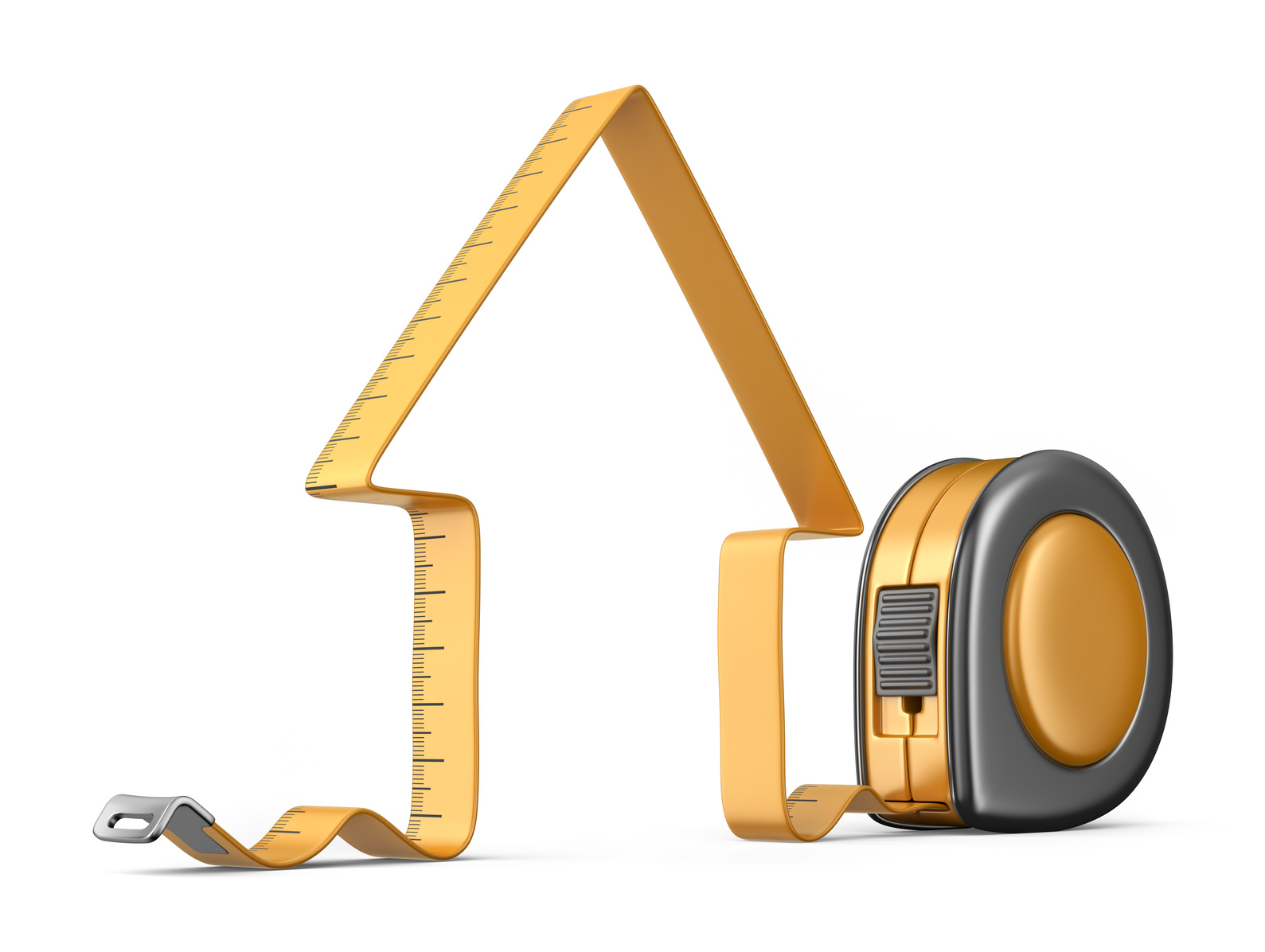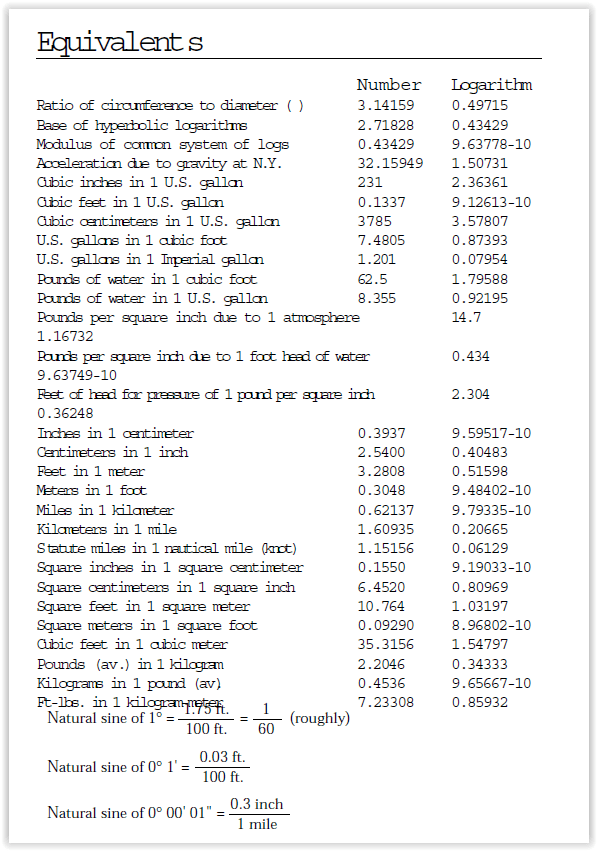Understanding Land Measurements: A Comprehensive Guide
Land measurements are crucial in various aspects of life, from real estate transactions to construction projects and agricultural planning. Whether you're buying property, developing land, or simply trying to understand the dimensions of a plot, accurate land measurement is essential. This guide will provide you with a detailed overview of land measurements, their importance, methods, and tools used in the process.
Throughout history, humans have relied on systems to measure land accurately. These systems have evolved over time, becoming more precise and sophisticated. Today, with advancements in technology, land measurements are not only accurate but also accessible to the general public. This article aims to demystify the complexities of land measurements and make them easier to understand for everyone.
Our focus is on providing you with a reliable, authoritative, and trustworthy guide to land measurements. By the end of this article, you'll have a clear understanding of how land is measured, the tools used, and why it matters. Let’s dive in!
Read also:Simon Helberg Weight A Comprehensive Look At The Actors Journey And Fitness
Table of Contents
- The Importance of Land Measurements
- Common Units of Land Measurements
- Methods of Measuring Land
- Tools Used for Land Measurements
- Technological Advancements in Land Measurements
- A Brief History of Land Measurements
- Legal Aspects of Land Measurements
- Land Measurements in Agriculture
- Land Measurements in Real Estate
- The Future of Land Measurements
The Importance of Land Measurements
Land measurements play a pivotal role in numerous industries and everyday life. From determining property boundaries to calculating the area for agricultural purposes, accurate measurements ensure fairness and precision. In real estate, for instance, knowing the exact size of a plot can affect its value and marketability. Similarly, in construction, precise land measurements are essential to ensure structures are built safely and according to plan.
Why Accurate Land Measurements Matter
Accuracy in land measurements is vital for several reasons:
- It ensures legal compliance and prevents disputes over property boundaries.
- It helps in making informed decisions regarding land use and development.
- It aids in resource management, particularly in agriculture and environmental conservation.
Without accurate land measurements, there is a risk of errors that could lead to costly mistakes or legal issues. Therefore, understanding the importance of land measurements is the first step toward ensuring their proper implementation.
Common Units of Land Measurements
Land measurements are expressed in various units, depending on the region and the purpose of the measurement. Some of the most commonly used units include acres, hectares, square meters, and square feet. Each unit has its own significance and application, making it essential to understand their differences and conversions.
Understanding Different Units
Here’s a breakdown of some common units:
- Acre: Often used in the United States and the United Kingdom, an acre equals 43,560 square feet or approximately 4,047 square meters.
- Hectare: Commonly used in metric countries, a hectare equals 10,000 square meters or approximately 2.47 acres.
- Square Meter: The standard unit in the metric system, often used in scientific and technical contexts.
- Square Foot: Widely used in real estate, especially in the United States, it measures the area of a space in feet.
Knowing how to convert between these units is essential for anyone working with land measurements.
Read also:Why Did Mark Leave Greys Anatomy A Comprehensive Analysis
Methods of Measuring Land
There are several methods for measuring land, ranging from traditional techniques to modern technological approaches. The choice of method depends on factors such as the size of the land, the level of accuracy required, and the tools available.
Traditional Methods
Traditional methods of land measurement include:
- Chaining: Using a chain or tape measure to physically measure distances.
- Compass Surveying: Using a compass to determine directions and angles.
- Plane Table Surveying: A graphical method that involves plotting measurements directly onto paper.
While these methods are still used in some cases, they are often less accurate and time-consuming compared to modern techniques.
Modern Methods
Modern methods leverage technology to improve accuracy and efficiency:
- Global Positioning System (GPS): Uses satellites to determine precise locations and distances.
- Total Station: Combines electronic theodolite and distance meter for accurate measurements.
- Drone Mapping: Utilizes drones equipped with cameras to create detailed maps and measurements.
These methods offer greater precision and are ideal for large-scale projects or complex terrains.
Tools Used for Land Measurements
A variety of tools are available for measuring land, each designed for specific purposes and levels of accuracy. From simple measuring tapes to advanced GPS devices, the tools used in land measurement have evolved significantly over time.
Basic Tools
Some basic tools include:
- Measuring Tape: Ideal for small areas and straightforward measurements.
- Ruler or Scale: Used for small-scale measurements, often in conjunction with maps or plans.
- Compass: Essential for determining directions and angles.
Advanced Tools
For more complex measurements, advanced tools are necessary:
- GPS Devices: Provide accurate coordinates and distances.
- Total Station: Combines multiple functions for comprehensive surveying.
- LiDAR: Uses laser technology to create detailed 3D maps.
These tools are indispensable for professionals in fields such as surveying, engineering, and construction.
Technological Advancements in Land Measurements
Technology has revolutionized the way land is measured, offering unprecedented levels of accuracy and efficiency. Innovations such as GPS, drones, and LiDAR have transformed traditional methods, making land measurement faster and more reliable.
GPS Technology
GPS technology uses a network of satellites to determine precise locations on Earth. This technology is widely used in land surveying, navigation, and mapping. Its accuracy and ease of use make it a popular choice for professionals and amateurs alike.
Drone Mapping
Drone mapping involves using drones equipped with cameras to capture aerial images of a site. These images are then processed to create detailed maps and measurements. Drone mapping is particularly useful for large or inaccessible areas.
LiDAR Technology
LiDAR (Light Detection and Ranging) uses laser pulses to measure distances and create 3D models of the terrain. This technology is highly accurate and is often used in topographic surveys and environmental monitoring.
A Brief History of Land Measurements
The history of land measurements dates back thousands of years, with early civilizations developing systems to measure and divide land. Ancient Egyptians, for example, used ropes and stakes to measure fields after the annual flooding of the Nile. Over time, these methods evolved, leading to the sophisticated systems we use today.
Key Milestones in Land Measurement History
Some key milestones in the history of land measurements include:
- Ancient Egypt: The development of the cubit as a standard unit of measurement.
- Roman Empire: The introduction of the chain and the use of surveying tools like the groma.
- 18th Century: The invention of the theodolite, a tool that revolutionized surveying.
- 20th Century: The advent of GPS technology, transforming land measurement forever.
This historical context highlights the continuous evolution of land measurement techniques.
Legal Aspects of Land Measurements
Land measurements are not only technical but also legal in nature. Accurate measurements are crucial for resolving property disputes, ensuring compliance with zoning laws, and facilitating real estate transactions. Understanding the legal implications of land measurements is essential for anyone involved in property management or development.
Property Boundaries and Disputes
Property boundary disputes are common and often stem from inaccurate or outdated measurements. Resolving these disputes requires precise measurements and, in some cases, legal intervention. Professional surveyors play a critical role in these situations, providing unbiased and accurate assessments.
Zoning and Land Use Regulations
Zoning laws and land use regulations often depend on accurate land measurements. These laws dictate how land can be used, ensuring that development is sustainable and in line with community goals. Understanding these regulations is crucial for anyone planning to develop or purchase land.
Land Measurements in Agriculture
In agriculture, land measurements are vital for optimizing resource use and increasing productivity. Farmers rely on accurate measurements to determine the size of their fields, plan crop rotations, and manage water resources. Modern technology, such as GPS and drone mapping, has greatly enhanced agricultural land management.
Applications in Precision Agriculture
Precision agriculture involves using technology to manage crops more efficiently. Land measurements play a central role in this approach, helping farmers:
- Optimize fertilizer and pesticide application.
- Monitor crop health and yield.
- Manage water resources effectively.
By leveraging accurate land measurements, farmers can increase yields while reducing costs and environmental impact.
Land Measurements in Real Estate
In the real estate industry, land measurements are crucial for determining property value, setting prices, and facilitating transactions. Accurate measurements help buyers and sellers make informed decisions, ensuring that transactions are fair and transparent.
Factors Influencing Property Value
Several factors influence property value, with land size being a key determinant. Other factors include location, amenities, and zoning regulations. By accurately measuring land, real estate professionals can provide more accurate valuations and better serve their clients.
Real Estate Transactions
During real estate transactions, precise land measurements are essential to avoid disputes and ensure legal compliance. Buyers and sellers rely on these measurements to verify property boundaries and confirm the accuracy of listed sizes.
The Future of Land Measurements
The future of land measurements looks promising, with continued advancements in technology set to enhance accuracy and efficiency. Innovations such as artificial intelligence, machine learning, and improved satellite technology are expected to play a significant role in shaping the future of land measurement.
Emerging Technologies
Some emerging technologies that could impact land measurements include:
- Artificial Intelligence: AI can analyze data and improve the accuracy of measurements.
- Machine Learning: ML algorithms can predict trends and optimize measurement processes.
- Improved Satellite Technology: Enhanced satellite imagery will provide even more detailed and accurate data.
As these technologies evolve, they will undoubtedly transform the field of land measurement, making it more accessible and precise than ever before.
Conclusion
Land measurements are a vital component of numerous industries and everyday life. From determining property boundaries to optimizing agricultural practices, accurate land measurements ensure fairness, efficiency, and sustainability. This guide has provided a comprehensive overview of land measurements, their importance, methods, and tools, as well as their applications in various fields.
We encourage you to explore further and apply this knowledge to your own projects or interests. If you found this article helpful, please consider sharing it with others or leaving a comment below. Additionally, feel free to explore other articles on our site for more informative content on related topics.

